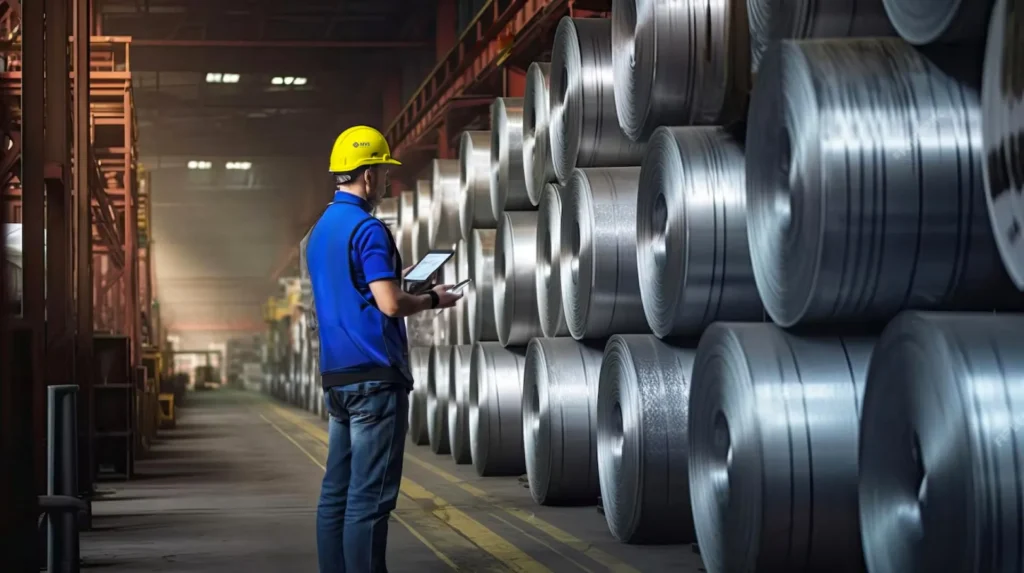In the ever-evolving landscape of industrial materials, the dominance of steel is being increasingly challenged by the emergence of alternative materials. These alternatives, ranging from composites to advanced polymers, are not just diversifying options but also reshaping the very foundations of industrial production and innovation.
The Rise of Composites:
One of the most notable shifts is towards composite materials, which combine different elements to achieve superior properties. For instance, carbon fiber composites are gaining traction in automotive and aerospace industries due to their lightweight nature and high strength-to-weight ratio. These materials not only reduce fuel consumption but also enhance performance and durability.
Advanced Polymers and Plastics:
In sectors where corrosion resistance and flexibility are paramount, advanced polymers and plastics are becoming preferred choices. From medical devices to construction materials, these materials offer advantages such as chemical inertness, ease of processing, and recyclability, making them sustainable alternatives to traditional metals.
Aluminum and Alloys:
Aluminum continues to be a prominent alternative to steel, particularly in applications requiring lightweight structures and corrosion resistance. The automotive industry, for example, increasingly uses aluminum alloys to reduce vehicle weight and improve fuel efficiency without compromising safety or performance.
Biobased Materials:
With sustainability becoming a top priority, biobased materials derived from renewable sources like plant fibers and bioplastics are gaining attention. These materials not only reduce carbon footprint but also offer unique properties that traditional materials struggle to match, opening new avenues in packaging, textiles, and even automotive components.
Challenges and Innovations:
While the shift towards alternative materials presents numerous benefits, it also poses challenges. Adapting manufacturing processes, ensuring material compatibility, and scaling production are critical areas where ongoing innovation is essential. Industries are investing heavily in research and development to overcome these hurdles and unlock the full potential of alternative materials.
The evolution from steel dominance to a diversified material ecosystem reflects broader shifts in global industries. By embracing alternative materials, industries are not only meeting current challenges but also paving the way for a more sustainable and innovative future.




